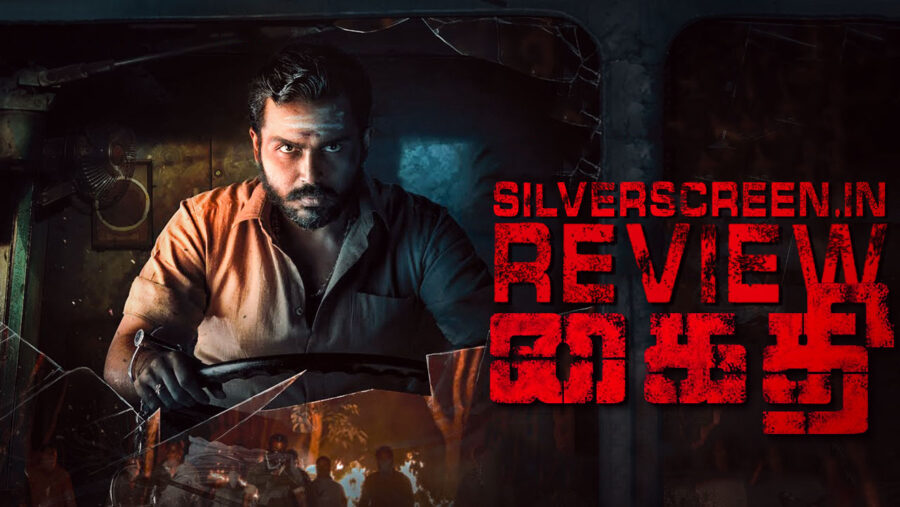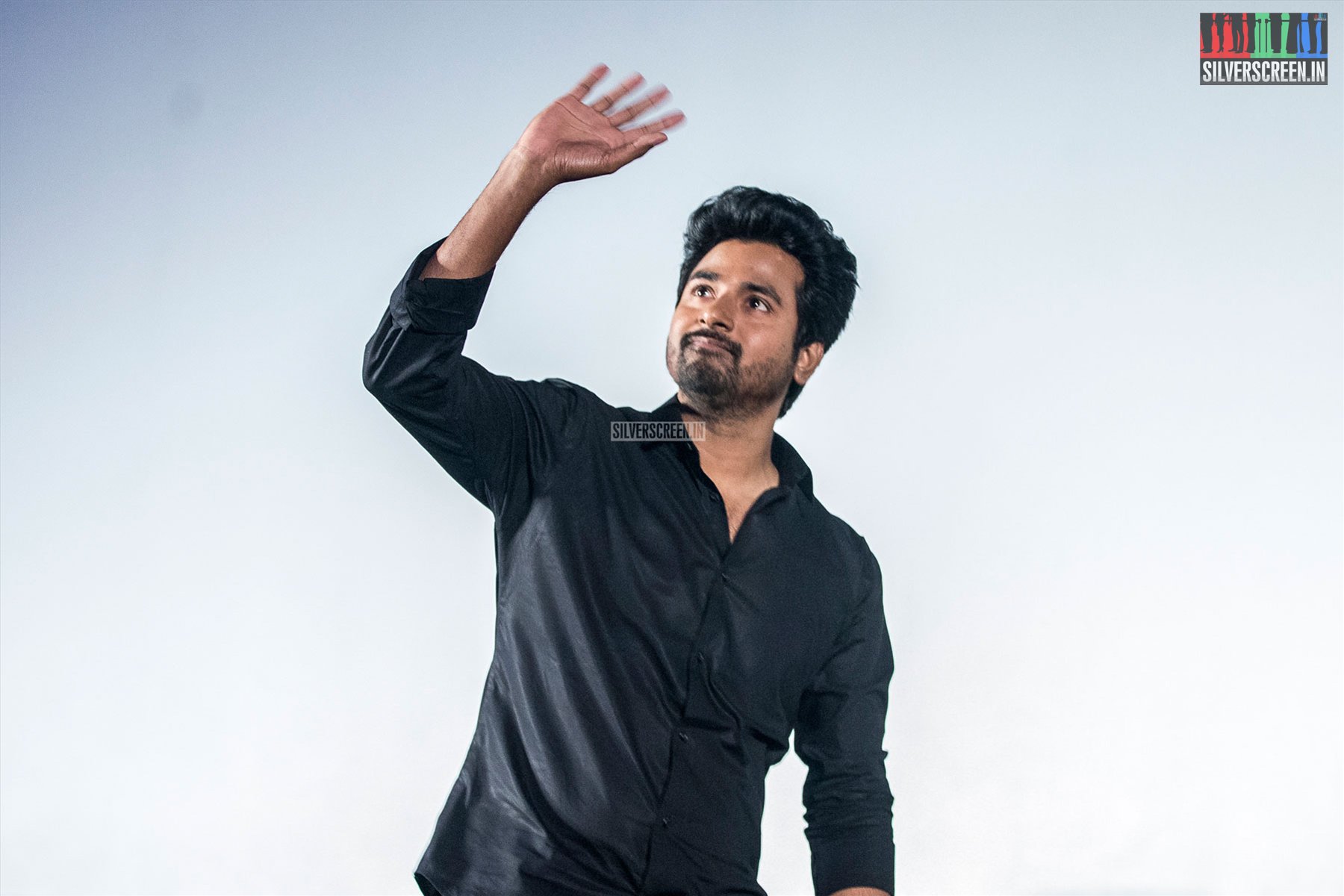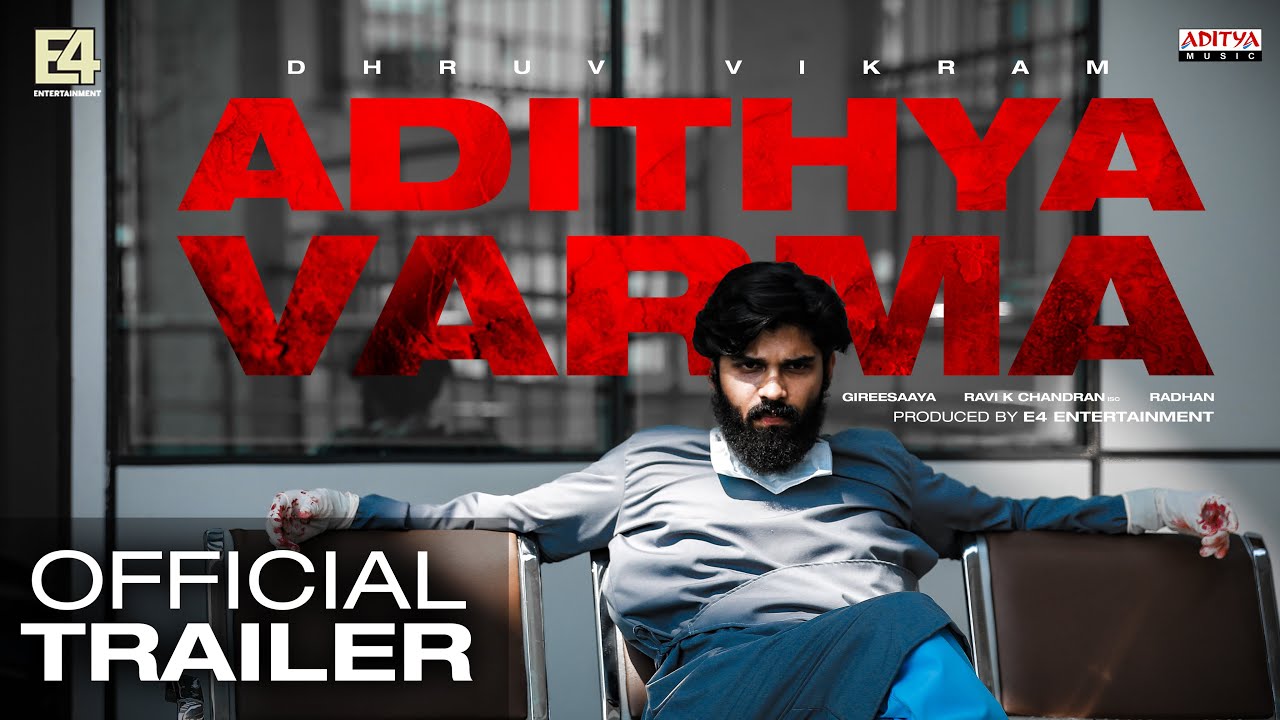Cast: Karthi, Narain
Direction: Lokesh Kanagaraj
Lokesh Kanagaraj gives us an extended prologue for his Kaithi before the opening credits roll. There has been a drug bust and the drug lords are angry as hell. They are ready to pin the blame on the weakest under-ling. The police force led by Bejoy (Narain) is agitated. They need to get the cargo to someplace safe and they can trust no one. There is a drug lord above all, we hear only his name. We don’t see his face. Nobody has seen his face; he is a shadow. His minions are running the show and are out to get every team member in the special task force for what they have pulled. A bounty is placed on each head. Teams disperse. We also learn that there is a mole inside the gangsters, sent by Bejoy, and he’s deep and senior enough to call the shots. We get information in fits and starts as to who is who, not everything as coherent as we would like. There is no time for elation because Lokesh Kanagaraj doesn’t want us to trust anyone. The good guys can be the bad guys. The bad guys can be the good guys. The narcotics officer who seems to be on the opposite side of the law is called Stephen Raj — a name belonging to one of the cult-est undercover cop characters in Tamil cinema.
Lokesh Kanagaraj is the quintessential 90s kid who’s clearly grown up on a steady diet of late 80s to mid-90s Tamil masala action films. There are bits of several things from much-loved action films of those years. Like Inaindha Kaigal, Kaithi too is about two men from the opposite sides of the law coming together for the greater good. Like in that classic, Kaithi too has a father trying to finish a job and return home to his kid. Like Kuruthippunal, here too, there is a young mole wedged deep in a criminal organisation, sharing a bond of loyalty with his senior, what Dhanush and Adinarayanan shared in that film.
A song from another PC Sreeram’s film — Meera — Pudhu Routeuladhan plays just as Dilli (Karthi) takes a detour with the lorry, now working for Bejoy on a mission. Meera, of course, was a road movie with Meera (Aishwarya) and Jeeva (Vikram) running away from a bunch of goons out to kill them. At one point, Dilli even references Vijaykanth films. There is a mix of the best of them in Kaithi, from mass action scenes and transformations fashioned after Chathriyan to hand to hand combat set in quarries like Captain Prabhakaran. Kaithi also features the best usage of Aasa Adhigum Vechu, uncharacteristically set inside a police commissioner’s office.
The filmmaking is uncompromising throughout. Lokesh Kanagaraj uses a tracking shot in the prologue to define the gravity of the situation at a retiring Inspector General’s party. The film’s events are over a single night and we are thrust in media res. It’s to the director’s credit that the energy never wanes, and the pace never sags. The stakes are always high because we root for the guys we believe are on the right side of the law and there are enough comedic digressions that offer a breather (one on prison not being on Mars is a howler).
Kaithi wants to intentionally blur the lines between the police and the convict, its atmosphere and setting go a long way in making this happen. One part of the film is the road film — think a mix of Mad Max Fury Road, The Italian Job and Speed — where the convict is wild and free with the blessings of the police officer. The other setting of the film is the commissioner’s office which needs to be guarded at all costs till Bejoy and Dilli reach. The commissioner’s office now becomes a fortress (the building in the film is a British era architecture) and in some weird fashion, a prison for the lone constable (George Maryan in a role and performance of a lifetime). For waging wars that are disproportionate to his position and stature, he is aptly named Napolean. He is Legolas and Gimli rolled into one, guarding Helm’s Deep. We can never tell what got left out at the editing table, but Philomin Raj’s editing is a masterclass, scenes flowing from one to another, and not a single frame feeling like a chore. There is even delicious foreshadowing. Kamatchi complains the weight of a pistol, how it isn’t as light as they make it out to be in the movies. I don’t want to spoil it so look out for that final scene to realize the pettiness of this complaint.
Recommended
Kaithi has a strong emotional core running throughout, that of Dilli and the daughter that he has never met. The fuel that the film runs on is this yet unformed bond and the bond that slowly gets forged between Bejoy and Dilli, Dilli and Kamatchi, or Napolean and the college students. Kaithi works in large parts due to Lokesh Kanagaraj not giving in to any form of simplification. His exposition can be garbled but they are intentionally garbled. He doesn’t want to make you root for anyone. He wants your choice to be organic. Even when Dilli is narrating a past, a lesser director would have crumbled and filmed those portions. In Kaithi, we don’t get that. We simply hear what Dilli has to say. We imagine what it must have been like. We feel his pain. This is a mark of a true filmmaker. Not to mention an actor loving the film he has chosen to do.
Also read, Silverscreen.in interview of Lokesh Kanagaraj
The Kaithi review is a Silverscreen original article. It was not paid for or commissioned by anyone associated with the film. Silverscreen.in and its writers do not have any commercial relationship with movies that are reviewed on the site.



